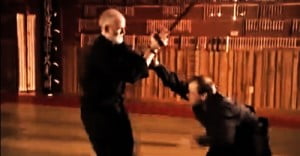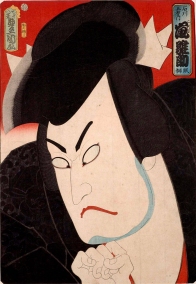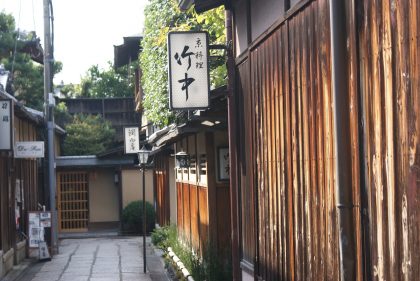Masters at adapting to and blending with their environment, the ninja learnt much from the observation of animals and insects. The invaluable insights accumulated had inspired many techniques of the shinobi.
Hiding inside an animal
Disguises formed the staple in a ninja’s art of concealment. When passing through towns, guises as monks, merchants and common folk enabled the shinobi to travel without arousing suspicion. Yet, a lone monk, merchant or commoner stalking the deep forests of old Japan would have looked out of place, especially within enemy grounds.
Therefore, the ninja would drape over his shoulders animal fur with the head to mislead enemy guards. In the dark and over a distance, a ninja draped in animal fur would have looked like a wolf or dog. As grotesque as it seems, ninja even hid within the carcass of an animal.
Animal distraction
Hino Kumawaka used a form of animal distraction when avenging the death of his father. Noticing moths in the courtyard, he opened a gap into his sleeping target’s room, which prompted the moths to flutter towards the lamplight. Soon, the light from the lamp extinguished allowing Kumawaka to stab his target in total darkness.
While not all animal distractions happen so dramatically, shinobi often released small animals within enemy grounds to mislead the enemy. Seeing a hare hopping about and making a pattering sound would mislead the guard into thinking that the noise he heard previously was merely a cute innocent rabbit, not a sneaking ninja.
Dealing with watch dogs
The shinobi made it a point to study canine behavior and habits as these animals were often used to guard enemy grounds. Their observation influenced the creation of Ouken no jutsu, methods to deal with watch dogs.
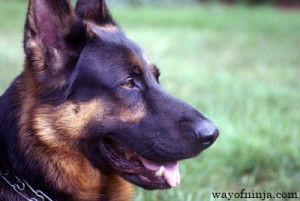
Crude but effective, the first method, known as Goken no ho, involves distracting the watch dog with another canine of the opposite sex. The second called Inu kuguri no ho was based in manipulating the watch dog’s instincts and habits to avoid disturbing them.
The last method, Gukenjutsu, was a time-intensive method. Months and weeks before the mission, the ninja would befriend the dog by sneaking it treats. This allowed the dog to get used to the ninja’s scent. Obviously, this method should not be used on time-sensitive missions.
Communicating like birds and insects
Missions were usually conducted in teams. When the team split up, a clandestine mode of communication was needed. Needless to say, the ninja of old did not have walkie talkies and had to rely on mimicry of bird and insect sounds to communicate.
This ability was called Kunina onkyo. The imitating of bird and insect calls allowed the ninja to convey important intelligence without tipping off the enemy. This was particularly useful if one of the ninja was captured.
Eyes that tell the time
In an earlier entry, we mentioned that ninja could tell the time by looking into a cat’s eyes. If we’re not mistaken this observation was made also by the ancient Chinese.
The pupils of cats dilated and constricted in a regular pattern throughout the day. Natural light fluctuations do no affect this pattern, making the pupil dilation and constriction roughly consistent to the time of the day. However, day light saving and other time zone anomalies will make the eye dilation less accurate.
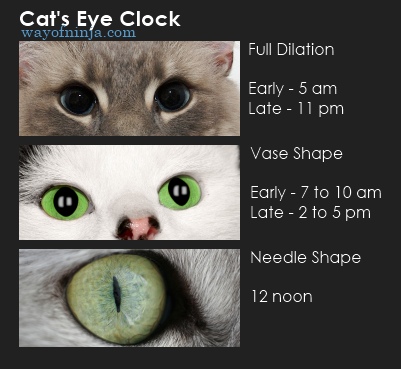
5 am – Full dilation
7 to 10 am – Constricting to vase shape
12 noon – Needle shape
2 to 5 pm – Dilating back to vase shape
11 pm – Dilating back to full dilation
Conclusion
The ninja were great observers of the wilderness. To be able to blend in with your surroundings and infer knowledge from ordinary objects, patience and observation is crucial. All the best to your way of the ninja.

